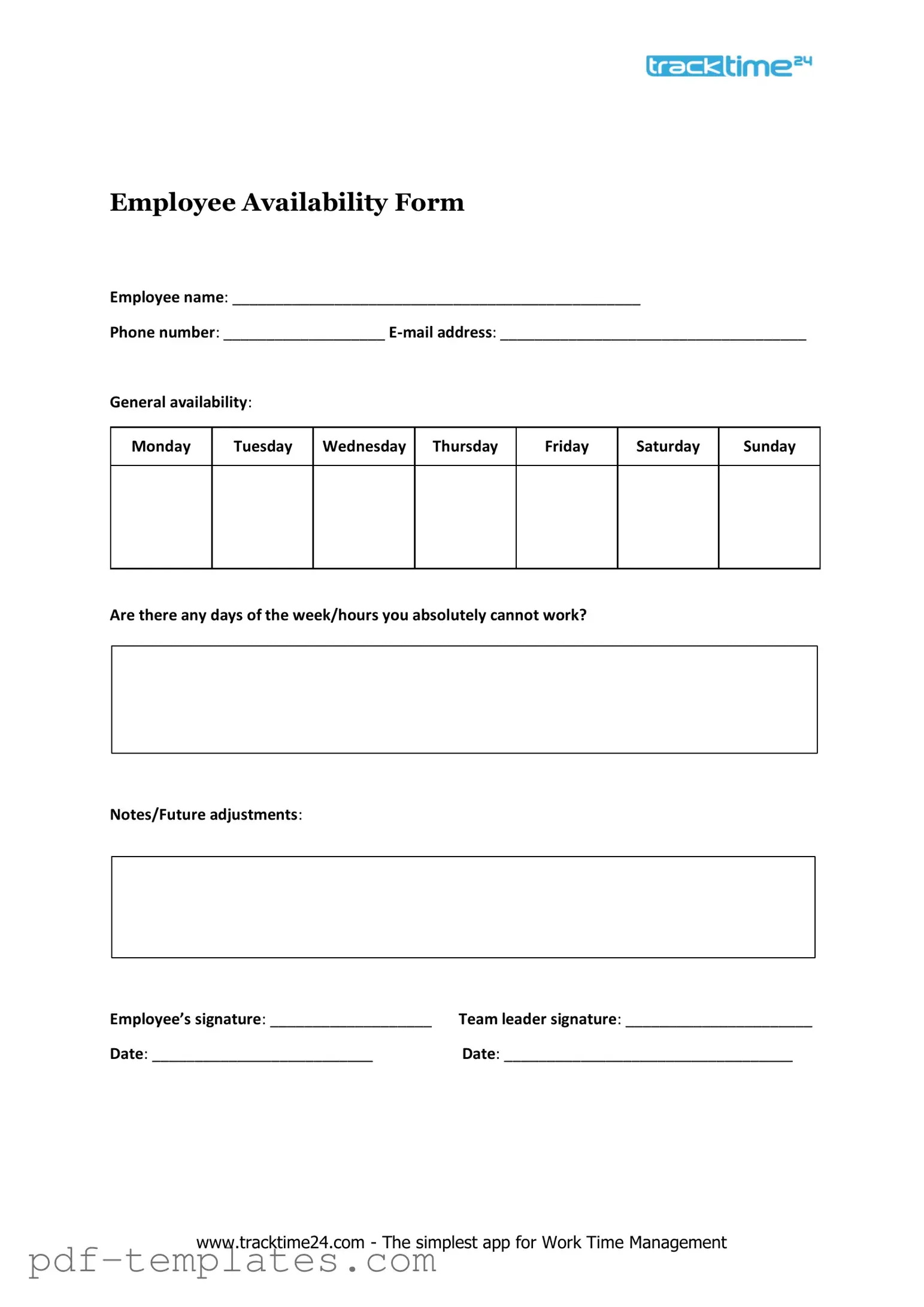USCIS Form I-864
- The form is central to ensuring that immigrants receive proper support.
When engaging in financial transactions in Florida, it's essential to have a clear understanding of the legal implications of borrowing and lending money. This is why many individuals seek to utilize a Florida Loan Agreement form, which not only delineates the specific terms and conditions agreed upon by both parties but also serves to protect their interests. For those looking to formalize their agreement, the Loan Agreement form provides a structured framework that specifies repayment terms, interest rates, and other crucial details, ensuring that both lenders and borrowers are on the same page.
High School Transcript
- Transcripts may require a release of information signed by the student, ensuring their privacy is respected.
Dd 214
- The form helps preserve a detailed history of a service member's military accomplishments.
